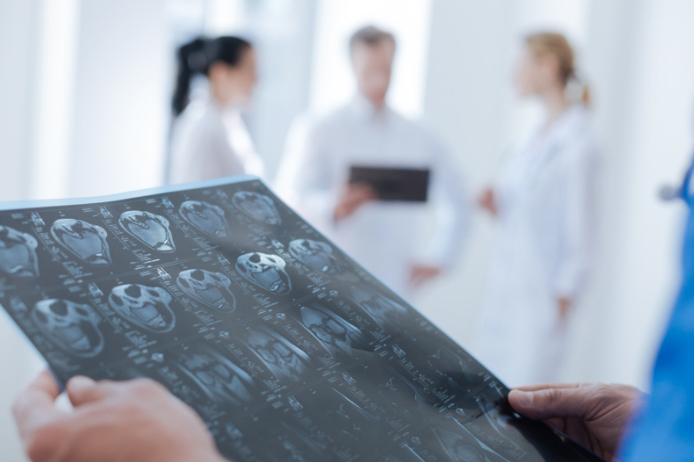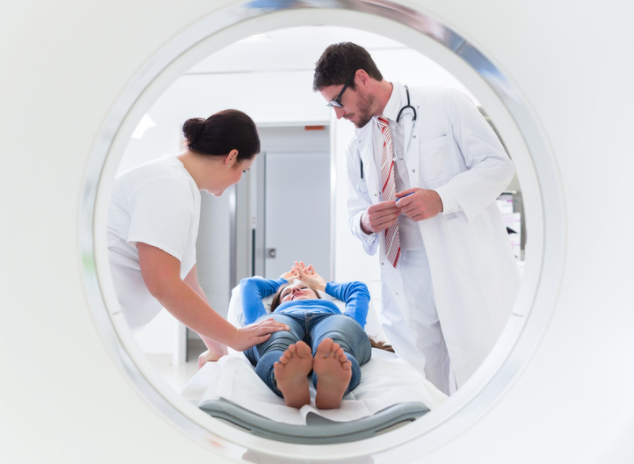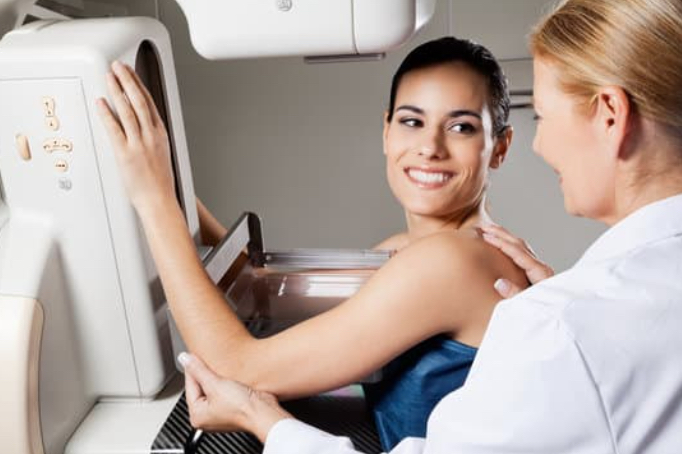MeditSimple is launching a Centre of Excellence for Imaging, which regroups highly reliable medical centres for general imaging in London.
Our objective is to ensure that the path to a diagnosis is efficient, reliable and informative for both patients and healthcare practitioners, so we can help you stay healthy and detect disease at the earliest stages.
Our imaging centres offer the latest in imaging technology, with services ranging from ultrasound to X-rays, CT and PET scans, MRIs and mammograms.
What is Imaging?
Many of us have probably been asked before by their doctor to take a diagnostic imaging test to help investigate an injury, pain or symptom that couldn’t be otherwise explained. During World War I, the scientist Marie Curie even came up with mobile radiography units to assist battlefield surgeons on the front lines: the “Petites Curies”.
Since then, a wide range of imaging tests have been developed to help make an accurate diagnosis and choose the best treatment plan.
What are our imaging services?
X-rays:
X-rays still constitute the most common and widely available form of medical imaging, used to inspect the bony structure. It can identify fractures, tumors, structural misalignment, bone degeneration.
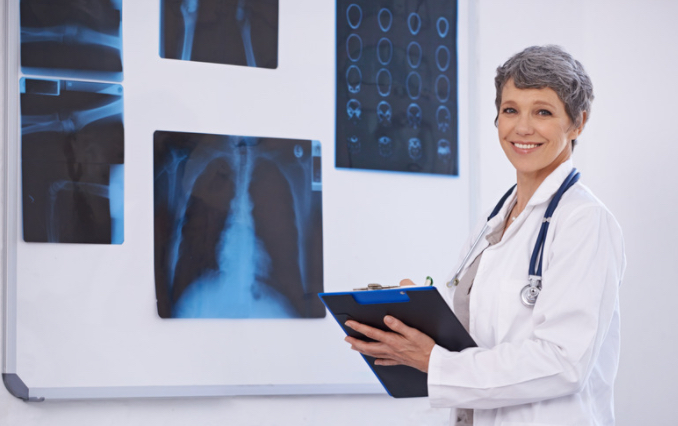 X-ray scans are commonly considered a safe procedure: limited exposure to radiation remains harmless. However, they are usually not recommended for pregnant women.
X-ray scans are commonly considered a safe procedure: limited exposure to radiation remains harmless. However, they are usually not recommended for pregnant women.
CT scans:
A computerized tomography (CT) scan is a more powerful x-ray, which combines a series of X-ray images taken from different angles around your body (360-degree image). Once processed, the images show the overlying structures -just like “slices”- of the bones, blood vessels and soft tissues inside your body. CT scans make the internal anatomy more apparent.
The scan enables close examination of bones, organs, as well as blood vessels and suspicious growths. It also provides a clearer view of the shape, size, density, and texture of the patient’s internal structures.
A CT scan can detect certain types of cancer, fractures, heart disease, blood clots, bowel disorders, brain and spinal cord injuries, internal bleeding.
PET scans:
A positron emission tomography (PET) scan helps doctors evaluate how well organs and tissues are functioning at the cellular level. This scan checks the patient’s blood flow, oxygen intake, or the metabolism of organs and tissues. It can help detect cancer, heart problems, brain disorders (including problems with the central nervous system).
The scan uses a special dye containing radioactive tracers. The tracers will be swallowed, inhaled, or injected into a vein in your arm depending on the examined body part. Some organs and tissues then absorb the tracer.
MRIs:
Magnetic resonance imaging (MRI) combines a strong magnet with radio waves to generate images like “slices” (cross-sections) of the scanned body part. Unlike x-rays, there’s no radiation involved.
Regarding safety, all patients must complete a questionnaire first to ensure they’re compatible with the imaging environment. They must report any implanted metal objects such as pacemakers that could interfere with the powerful magnet.
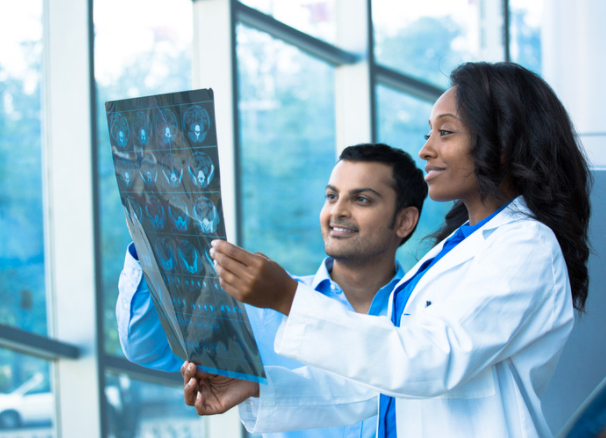 MRI is mostly used in neurology, as it can map brain activity based on your blood flow when you perform certain tasks. But doctors also use them to diagnose joint and bone problems, track progress in treatment, and evaluate infertility issues.
MRI is mostly used in neurology, as it can map brain activity based on your blood flow when you perform certain tasks. But doctors also use them to diagnose joint and bone problems, track progress in treatment, and evaluate infertility issues.
MRIs are loud and patients are given suitable hearing protection devices such as earplugs or headphones.
Mammograms:
A mammogram is an X-ray of the breast. It uses low-dose x-rays to detect cancer early –before women experience symptoms– when it is most treatable. Breast tumors can be identified sometimes up to three years before it can be felt by palpation (touch).
Having a mammogram can be uncomfortable, as strong pressure is applied to your breast to ensure optimal visualization, but it doesn’t last long! Note that your breast may be more sensitive if you have your period.
Women who are at high risk of breast cancer might need regular screening. Consult your health care provider regarding the screening guidelines that are appropriate for you.
Ultrasounds:
Based on sound waves, ultrasound scans don’t use any radiation and are considered a very safe procedure.
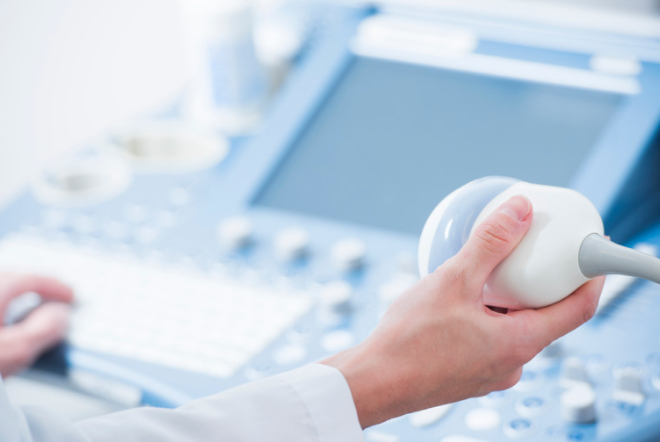 That’s why it is the preferred method for viewing a developing fetus during pregnancy.
That’s why it is the preferred method for viewing a developing fetus during pregnancy.
Ultrasound scans are also used to detect problems in the liver, heart, kidney, or abdomen.
What are you waiting for?
 Now that we’ve provided you with a detailed guide of our imaging services, you have no excuses not to take that scan the doctor asked you to do too long ago.
Now that we’ve provided you with a detailed guide of our imaging services, you have no excuses not to take that scan the doctor asked you to do too long ago.
Simply upload your referral letter or prescription from your doctor!
Your doctor will tell you how to prepare based on the type of your exam. You will likely be told not to eat anything and drink only water for several hours before your scan. Don’t wear jewelry but wear comfortable clothing. You may be given a gown for the exam.
Have no fear!
When we see how loud, complicated and large some of the imaging equipment can be, we can feel a bit overwhelmed. Depending on the imaging centre, you might get to choose your tunes: for example, most MRIs can play music through the headphones you wear in the scanner.
So pick something that you find relaxing!
Explore our new Centre of Excellence today and schedule an appointment with one of our health practitioners via our platform here:
Reference
Radiology.org: What are the benefits of CT scans?
Cleveland Clinic: CT (Computed Tomography) Scan
Healthline: What Is a PET Scan?
Envision Radiology: X-Ray vs. CT vs. MRI
The Conversation: Having a scan? Here’s how the different types work and what they can find
Medical associates: 8 Fun Facts About Medical Imaging

